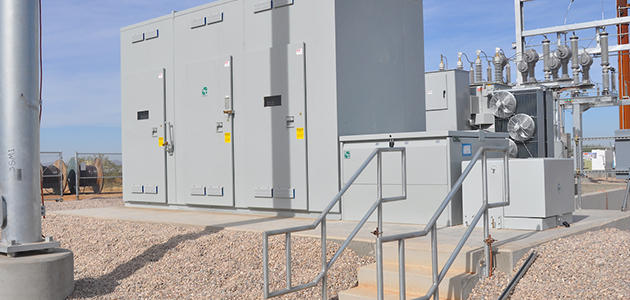The Renewable Interconnection Device: The Case for Standardization
Back to Top
Lately, we’ve seen a growing demand from developers in the renewables industry for a standardized renewable interconnection device. And that’s understandable. Complying with standards across all 50 states and the 3,300 electric utilities (investor-owned, co-op, and municipality-owned) a daunting task. One interconnection device accepted by every utility would be an incredible lift in productivity. It’s easy to see the need and the benefit, but it’s very difficult to come up with such a device for every single utility because every utility is different.
Let’s look at how developers would benefit from using a standardized interconnection device. The device would have a common configuration on one side of the solution (generation side), and it would be configurable on the other side with or without much modification (utility side). That would standardize two of the most complicated and expensive parts of a typical installation. It would benefit more than the developer, though. Any utility could use or recommend it, regardless of where they are located or the renewable plant’s size. It would work in Minnesota; it would work in Wisconsin; it would work in Iowa—it would work all over the country. So, if you’re a developer and you’re doing more than one project, it’s logical you would prefer a standardized interconnection device.
What it really boils down to is flexibility. Here’s the thing: these standardized solutions already exist. And with the flexible switchgear option now available to them, developers can accommodate projects from 500 kW to 50 MW in most cases. This kind of flexibility is particularly beneficial for developers looking at a multiphase project. They could start off with one standardized device at 10 MW and then add three more 10-MW phases to the same project and not have to change the interconnection or interconnection equipment at all. That makes the standardized interconnection device really powerful.
We’re starting to see some traction where developers are using these solutions to their advantage. That’s because most developers aren’t looking to do one project; they want to do a series of projects. Without a standardized design, they’d have to go back to the drawing board and design a new solution every time. For those developers, especially medium to large ones, they need some standardization to reduce their long-term costs—both in construction and in maintenance.
Yes, a developer might find a less-expensive interconnection device specific to each project. But they’ll make up for the little bit extra they pay for the more advanced equipment solution by not having to worry about what’s going to happen when setting up a large wind or solar farm. And it can accommodate any distributed energy resource–be it natural gas or diesel, or an inverter-based system like energy storage, wind, or solar. It doesn’t care. The solution provides its function of protection, distribution, and management of the interconnect regardless of the generation source.
I’d be interested in hearing your views in the Comments section below on this idea and whether a standardized utility-scale interconnection solution would help with your interconnection efforts.